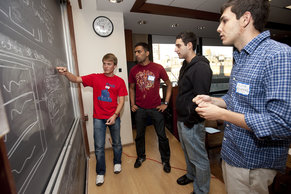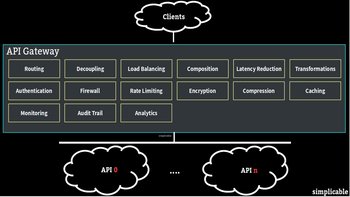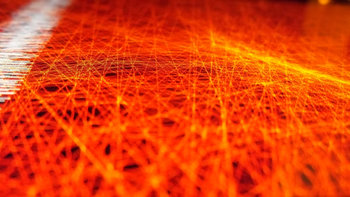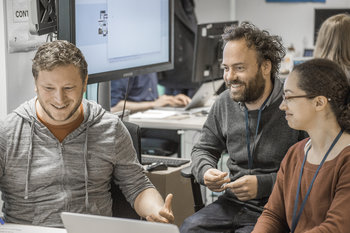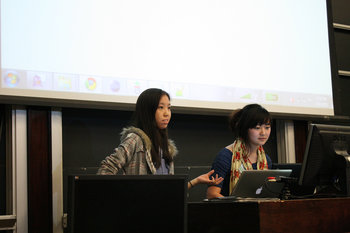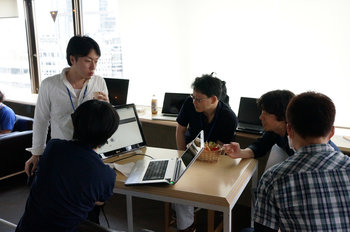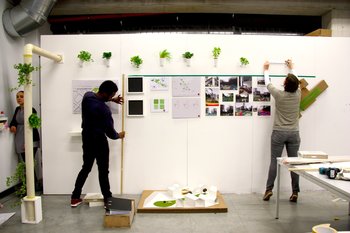
Small
Microservices are small. They are implemented and operated by a small team.Replaceable
A microservice is small enough to be replaced without much impact.Cohesive
Everything in a microservice feels like it belongs together. Anything that doesn't fit is moved to a separate microservice.Autonomous
Microservices can be deployed independently.Scalable
Microservices are designed to be scalable and can be scaled independently.Disposable
Design for fast starts and don't allow a service to fall into an unstable state when hardware suddenly fails.Dumb Pipes
Ideally, microservices communicate using standard asynchronous network communications. Avoid putting functionality in the middle between services.Loosely Coupled
Microservices offer an abstracted interface such that consumers don't need to change every time you deploy an update. Design interfaces around enduring business concepts.Reusable
Interfaces are designed to maximize use of services by diverse consumers. Avoid unnecessary assumptions and constraints.Business Functionality
Microservices are organized around business functionality as opposed to technology layers.Cross-functional Teams
Microservices are completely implemented by small cross-functional teams that can change everything from the UI to the data model. This removes the organizational complexity of getting numerous teams involved in every change.Decentralized Architecture
Allow teams leverage in choosing their own platforms, tools and data models. Encourage teams to share what works.Ownership
Microservices are products that are owned and operated by the build team.Emergent Design
Microservices are evolved over time with no big upfront plan.Service Composition
Microservices use microservices.Resilience
Expect failure from external resources such as other microservices and behave well when failure occurs.Automation
Automate things such as testing, deployment and service recovery.Design for Observation
Generate useful logs using techniques such as correlation ids that simplify troubleshooting.| Overview: Microservices | ||
Type | ||
Definition | A software design technique that decomposes functionality into small autonomous services. | |
Related Concepts | ||


